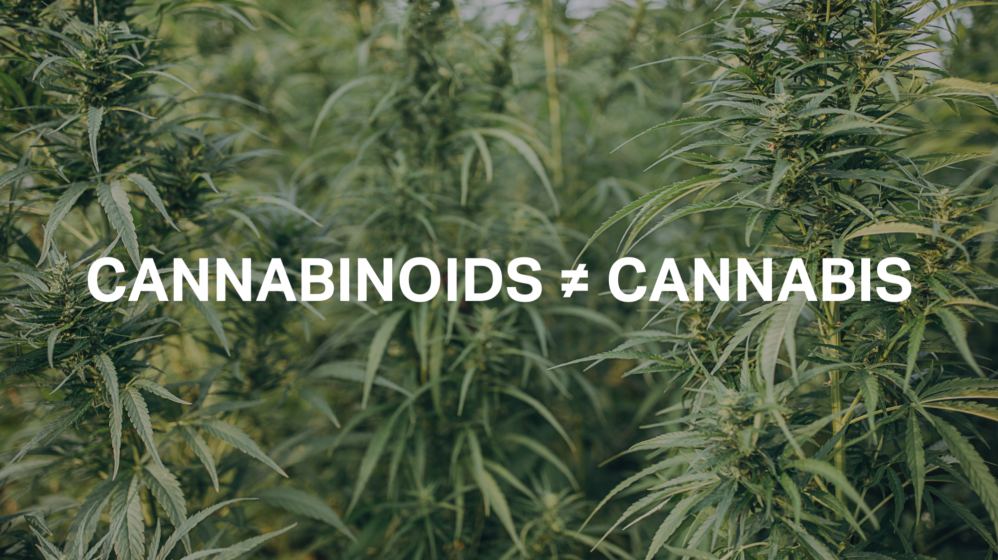Cannabinoids are some of the world’s most versatile therapeutic compounds, but their use is often surrounded by a host of misconceptions.
The name ‘cannabinoids’ can itself be a source of confusion for many. Whilst they may have been first isolated in cannabis plants, cannabinoids and other similar compounds can also be found in black pepper, carrots, echinacea, green tea, and dozens of other plants. Cacao beans produce a type of cannabinoid that the body itself also produces, called anandamide. The human body even makes its own cannabinoids (endocannabinoids) which interact with our receptors of the same name.
Over 100 different cannabinoids have been discovered; the two most common are CBD (Cannabidiol) and THC (Tetrahydrocannabinol). These compounds are often mixed up or conflated, despite their uses being vastly different.
THC is a psycho-active drug that produces the high most people associate with cannabis, and is responsible for much of the stigma that cannabinoids face. CBD, on the other hand, is not intoxicating at regular doses and has a multitude of therapeutic benefits, including improving skin quality, mood regulation, pain relief, and protection against neurological diseases.
So, remember – next time you use CBD oil, it may not have come from a cannabis plant! And whilst CBD products will not make you high, they have a wealth of restorative properties that can nourish your body and mind.
👉 To begin your PĒLL journey, contact us here for a bespoke treatment plan catered to your individual needs.
References
Dimmito et al., An overview on plants cannabinoids endorsed with cardiovascular effects (2021).
Crocq, Marc-Antoine, History of cannabis and the endocannabinoid system (2020).
Freeman et al., Medicinal use of cannabis based products and cannabinoids (2019).
Silva, Lauren, CBD Oil: 9 Science-Backed Benefits (2022).






